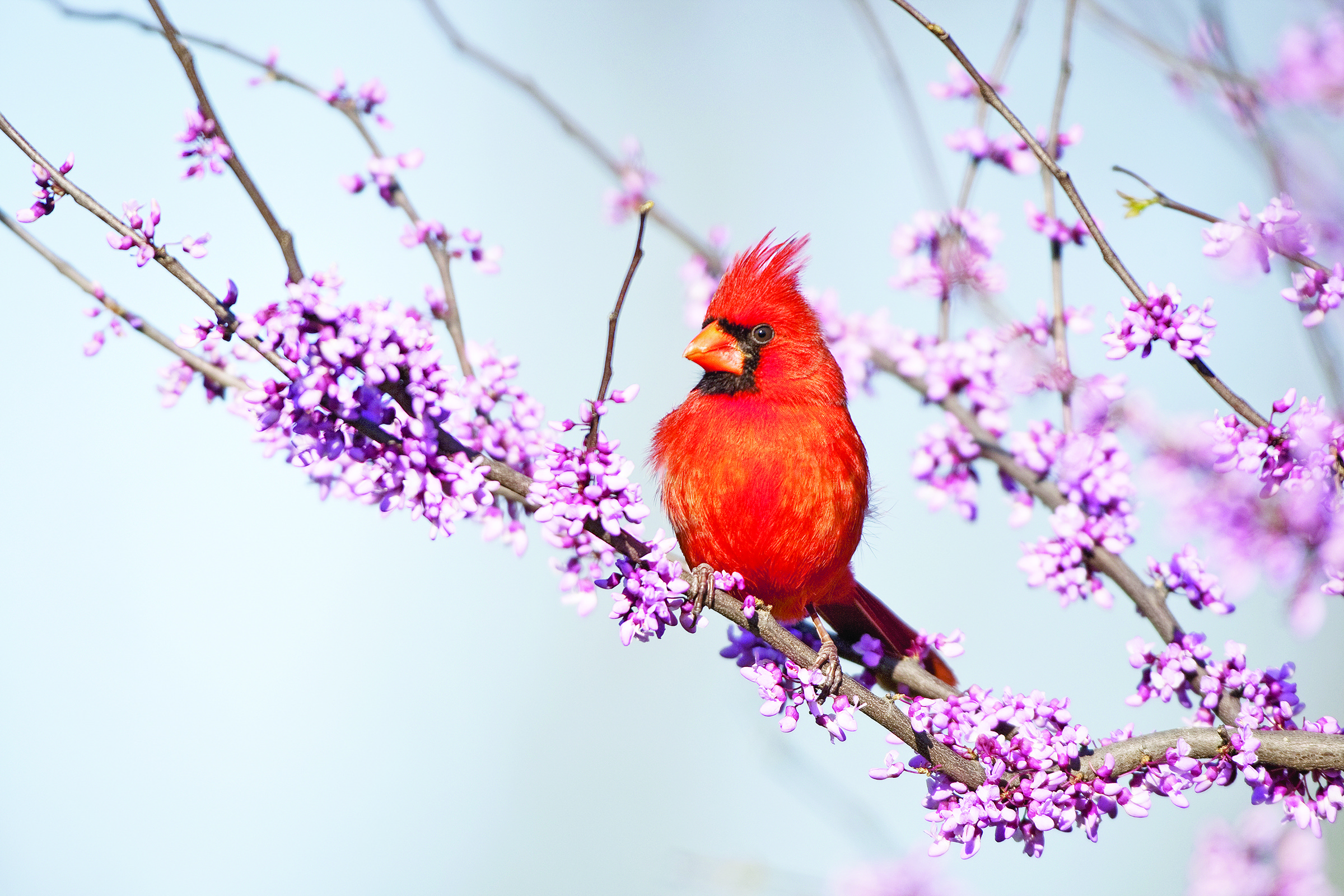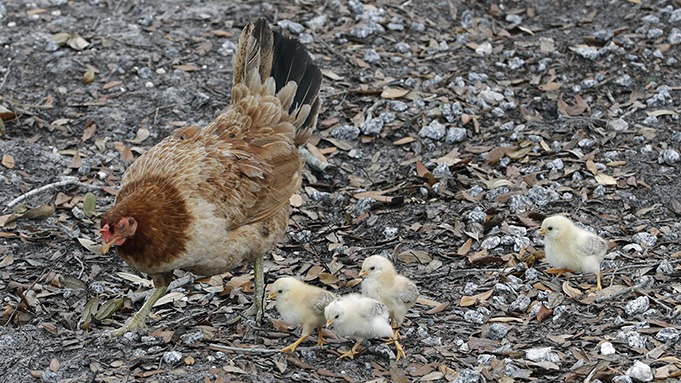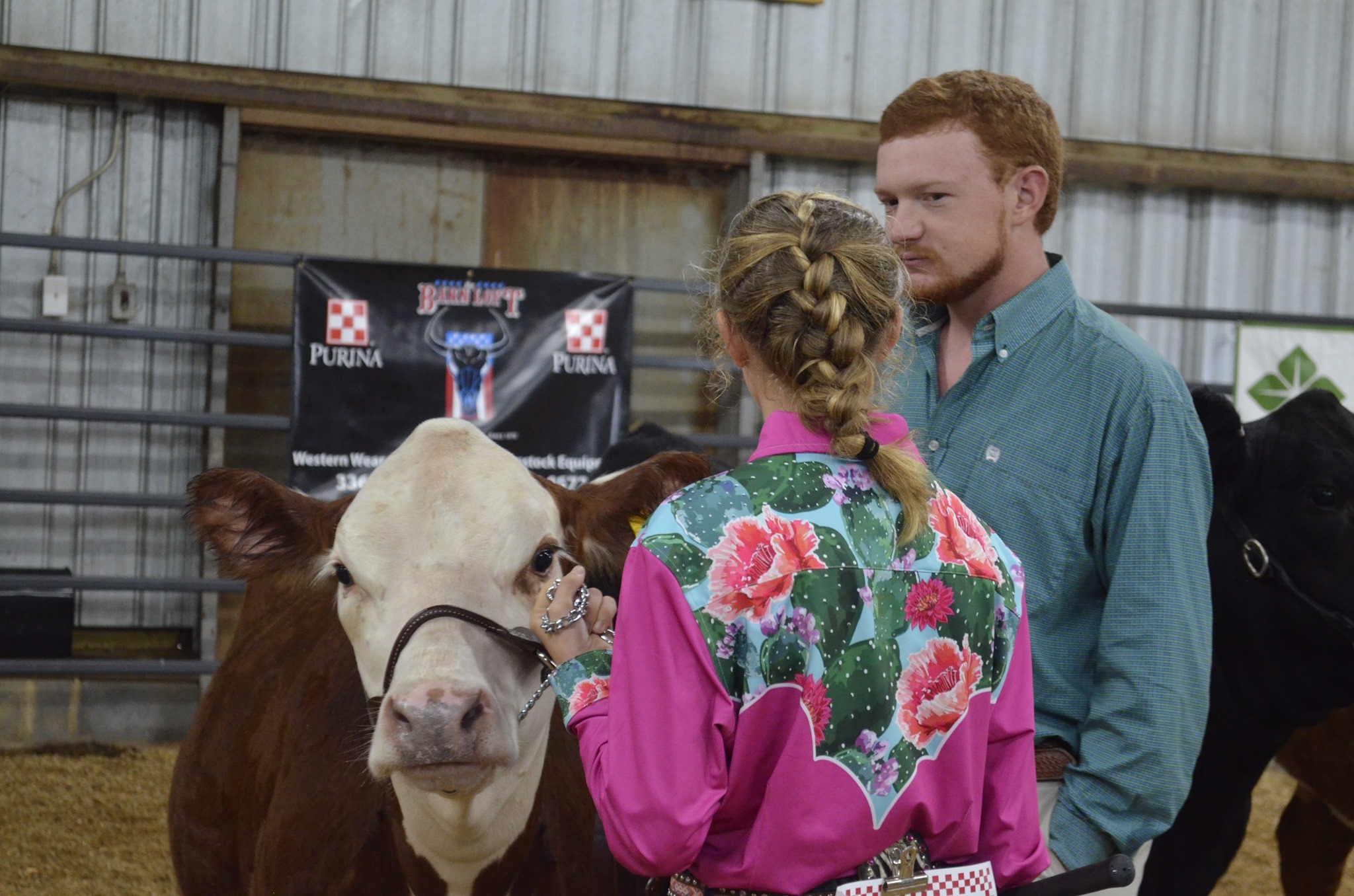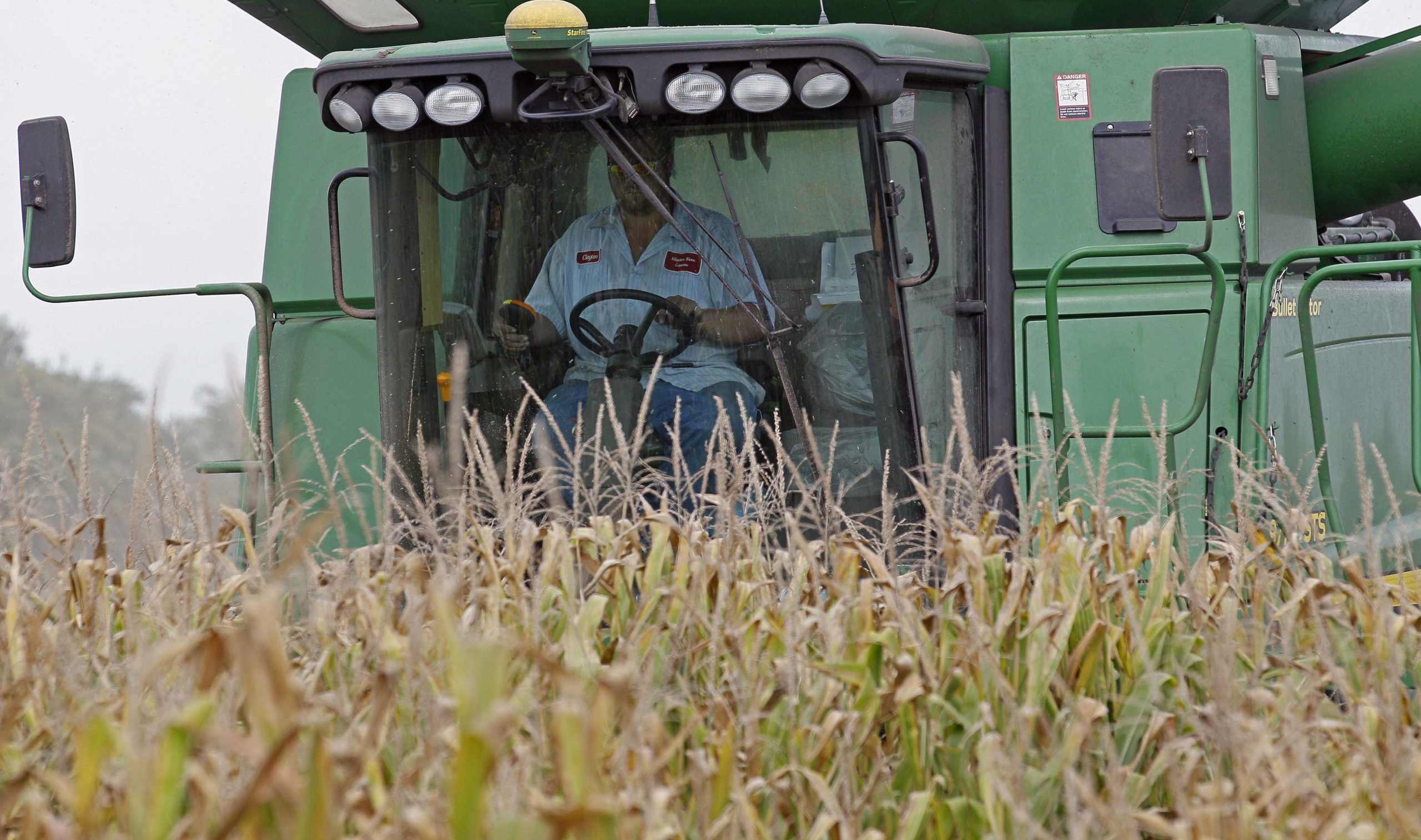
Late fall is an excellent time to plant trees and shrubs in the south. Cooler fall days are a pleasant time for us work outdoors, plus a fall planting gives roots time to establish, giving you a better performing plant next summer than one planted in the spring. More frequent gentle rains also mean you will not have to spend as much time and labor watering new plants. Woody plants provide a multitude of functions in your landscape, so take some time to think about what purpose you might want your new tree or shrub to serve before planting. Trees and shrubs help modify climate by providing shade or by diverting wind, they can promote visual appeal by acting as a natural screen and blocking unsightly areas, provide air filtration, and also help prevent erosion and runoff.
Native trees and shrubs offer additional advantages compared to non-native species and should be added into landscapes when possible. Native plants have evolved closely with native organisms over thousands of years in a given area and many native organisms feed on a narrow range of plant species, especially insects. As natural areas become developed, habitat for native organisms and plants is lost or diminished. Native plants are commonly replaced by non-native trees, shrubs and flowers that do not necessarily sustain the organisms that traditionally occur in that landscape. As homeowners you can help replace native plants in the landscape and help keep the balance of pests and beneficial organisms in check.
Choosing the right plant and site
Selecting the “right plant for the right place” is the most important consideration when adding something new to your landscape. Woody plants can be very long-lived if chosen, planted, and maintained correctly, so think carefully before purchasing. Evaluate the space above ground, root space available below ground, the duration and intensity of sunlight, and characteristics of shade in the area. Carefully consider proximity to structures, lowest temperature points in the yard, strong winds, and microclimates. If you have not had your soil tested in the last two to three years, consider having a soil test done to evaluate the pH and the nutrients your site. You can find soil testing supplies at any North Carolina Cooperative Extension office.
In addition to choosing the right site, best practices for choosing natives include choosing a diversity of species that supply a range of food and shelter for organisms. Think in layers of height, more vertical layers of plants will provide habitat for more species! From tallest to shortest, “vertical layers” refers to canopy trees, understory trees, shrubs, and finally, flowers and ground cover. Canopy trees, oaks in particular, can support hundreds of species. These trees are foraging hubs and a very important source of food for caterpillar species (which rarely threaten tree health). Chickadees are caterpillar specialists and a single nest can require 6,000-10,000 caterpillars to rear juvenile birds which require protein for proper development.
Common Natives

A few commonly planted and commercially available native canopy trees include: River Birch, Red Maple, Black Gum, Southern Magnolia, Pin Oak, and White Oak. Next, we go to the understory trees and shrubs. These are prime nesting sites for birds and offer a range of food for organisms by providing flowers, fruits, and berries. A few common native understory trees are: Redbud, Dogwood, Serviceberry, and Sweet Bay Magnolia. Beneath your understory layer, you can include smaller shrubs. Common shrubs to look for are Fothergilla, Inkberry, and Coral Honeysuckle. Lastly, you can fill in the final “vertical layer” of your planting with perennial flowers and groundcover. Plant flowers and groundcover in groups and swaths of three to four feet for pollinators. Just a few native perennials to consider are: Green and Gold, Eastern Columbine, Bluestar, Baptisia, Joe Pye Weed, Goldenrod, Asters, various milkweed species, and Switchgrass. The goal is to have at least three types of flowers in bloom each season from early spring to late fall.
Learn more about this topic from the North Carolina Extension Master Gardener Handbook https://content.ces.ncsu.edu/extension-gardener-handbook, the North Carolina Extension Gardener Plant Toolbox https://plants.ces.ncsu.edu/, and Landscaping for Wildlife with Native Plants https://content.ces.ncsu.edu/landscaping-for-wildlife-with-native-plants.
Annie Mills is a Horticulture Agent with Randolph County Cooperative Extension.



